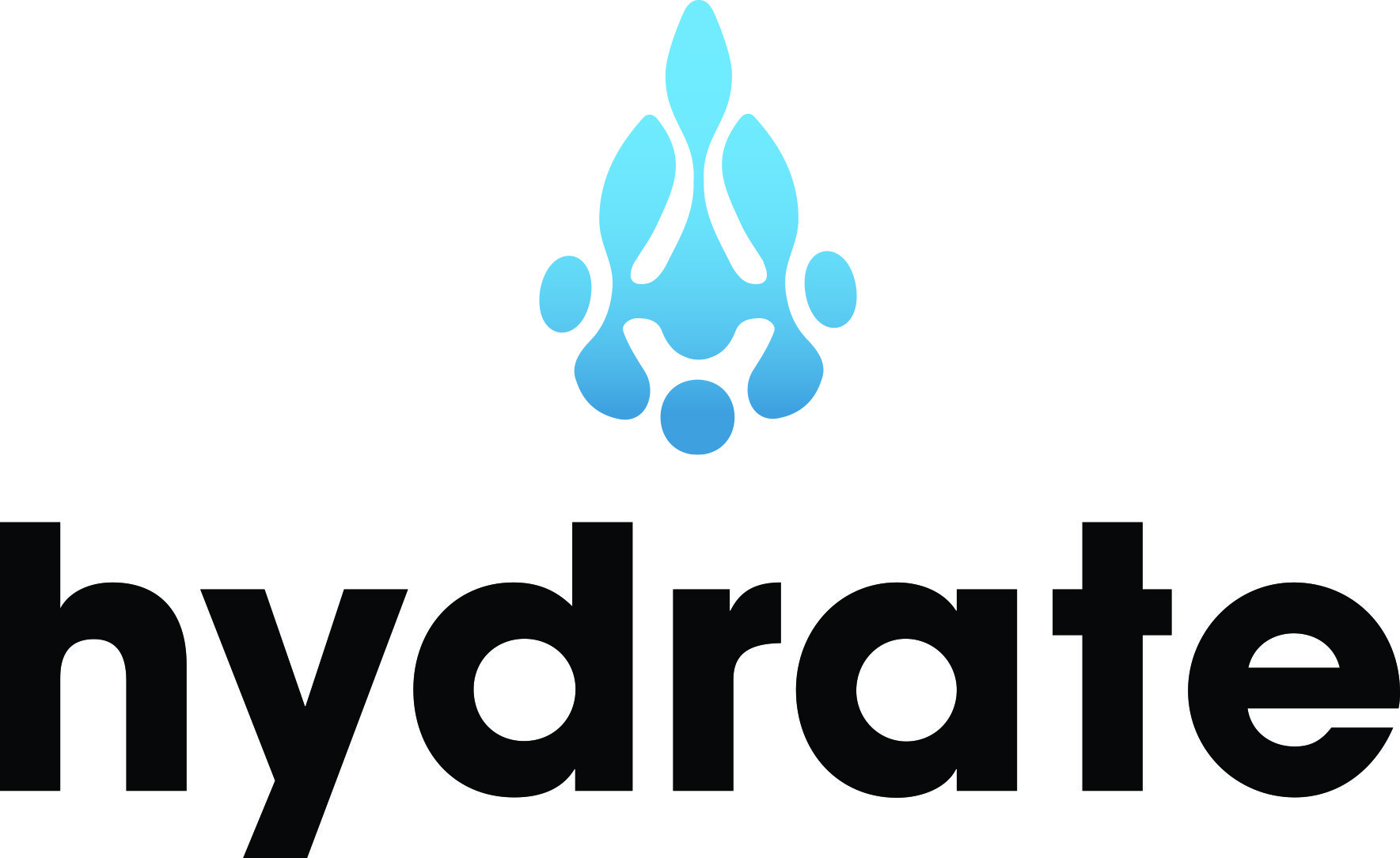How many times have you heard this phrase? “There are three things that make a restaurant successful: location, location, and location.” It’s hard to say whether this is true or simply anecdotal, but there’s no question that a good location at least contributes to the success of a restaurant, or most any other brick and mortar business. For one thing, a good location is an easy ticket to raising awareness.
Location has always played an important role in advertising, too. Traditional awareness advertising methods like print ads in newspapers, radio spots at drive time, outdoor ads like billboards, and direct mail all have location-based components. But the drawbacks with those legacy, pre-digital advertising methods include:
- Spray and Pray - Little targeting meant many impressions were irrelevant.
- High Cost Per Impression - You paid for everyone, not just your audience.
- No Attribution - It was nearly impossible to tell what worked.
- Limited Flexibility - Campaigns were set in stone once launched.
Utilizing these methods ensures that your ads are seen, but have they been seen by the right audience? Is 100% of your ad budget being used to reach 20% of your target audience who may happen to see the ad? Without attribution, there’s no way to track the effectiveness of your ad or your return on investment.
One platform that we’re currently excited about in the new age of awareness advertising is geofencing. Geofencing is a form of location-based marketing. It allows businesses to draw a virtual boundary—called a “fence”—around a geographic area and deliver digital ads to mobile users who enter that zone.
Imagine being able to serve ads to people:
- Walking into a competitor’s location
- Attending a local festival or event
- Entering a specific retail district
- At a trade show that aligns with your industry, even if you’re not there
It brings real-world context into your digital marketing strategy. It’s awareness advertising with precision.
Geofencing works by establishing a virtual perimeter around a specific geographic area using technologies like GPS, Wi-Fi, or cellular data. When a device enters or exits this virtual fence, predefined actions are triggered, such as sending a push notification or text message. More importantly, the technology allows the advertiser to “follow” the device back to where they stream other devices at home or their office, like computers and TVs. So, in effect, your banner or video awareness ads are served to the target wherever they are online.
Here's a more detailed explanation:
- Defining the Geofence -
A geofence is a virtual boundary created around a real-world location. This boundary can be a simple circle with a radius around a point or a more complex shape, such as a rectangle or polygon. The location can be as small as a 10'x10' space, like a trade show booth. - Using Location Services
Mobile apps or software utilize location services (GPS, Wi-Fi, cellular data) to track the location of devices. - Monitoring Device Location
The system continuously monitors the location of devices to see if they are within the defined geofence. - Triggering Actions
When a device enters or exits the geofence, a predefined action is triggered, and the device user becomes eligible to see your ad. This action could be sending a push notification, showing a specific ad within the app, or updating a device's status in a time tracking system - Examples of Geofencing Use
Marketing - Sending targeted ads to users who are near a store or event.
Time Tracking - Automatically prompting employees to clock in and out when they arrive at or leave a work site.
Security - Triggering alerts when a device leaves a designated area.
Event Management - Providing event-related information to attendees once they are at the venue.
The beauty of the geofencing process is that the mobile app user can be served ads long after they’ve left the geofence. These ads can appear on mobile apps, display networks, TV, or even social media feeds. While the process may sound like a gimmick, geofencing is a meaningful evolution in how we think about awareness advertising.
Instead of casting a wide net and hoping the right people notice, you can focus your message with pinpoint accuracy. Relevant marketing shows up for the right people, when and where it matters most. Geofencing helps you do exactly that.








